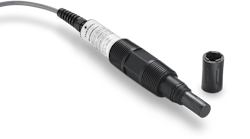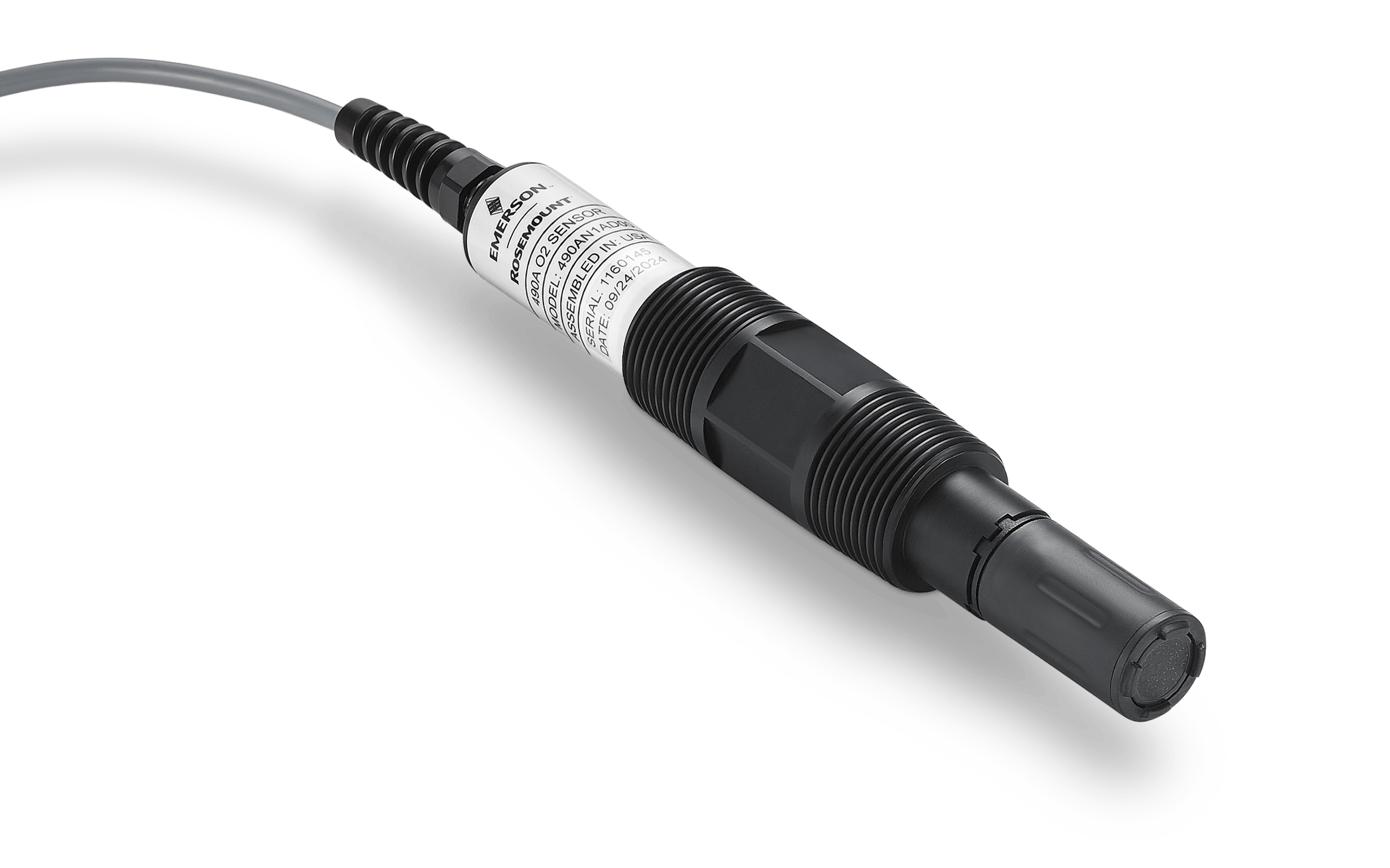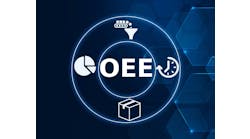Dissolved oxygen is everywhere, of course, but as usual, the question is how much? And are its levels changing? Answering these questions in the process industries used to mean mostly amperometric sensors, but they typically require plenty of attentive care and maintenance. They need electrolytes that must be refilled every three to six months, yearly membrane replacements, and frequent coating cleanings and calibrations, which drive up their operating costs.
Likewise, most dissolved oxygen probes are inflexible because they’re designed for specific conditions. These dedicated sensors are often only capable of communicating process values via analog signals to a control system or via proprietary protocols to a compatible transmitter.
To alleviate some of these chores and shortcomings with a more self-sufficient device, Emerson is introducing its Rosemount 490A digital, optical, dissolved-O2 sensor to enhance operational flexibility and reduce maintenance costs in many process applications.
Read more related content: Quicker, simpler gas detection
Beyond producing accurate readings within just 90 seconds of transition from dry to wet conditions, Rosemount 490A can measure process liquid and gas media without requiring separate calibrations. It also eliminates the need for electrolyte refills by employing U.S. Environmental Protection Agency (EPA)-approved, luminescence-quenching technology. In addition, 490A’s chemically resistant IP68-rated design ensures reliable performance in harsh conditions, including full submersion in abrasive media. Its small size, coupled with forward- and rear-facing, 1-inch, NPT-threaded connections, simplifies installation in varied settings.
Get your subscription to Control's tri-weekly newsletter.
Stultz reports that amperometric sensors require constant flows because they take O2 from the media they measure, and are typically installed in special panels. Because they don’t consume oxygen, optical sensors like Rosemount 490A enable users to “go fishing” by simply lowering them into aeration tanks in water/wastewater and other applications. Also, 490A has versatile guard cap options that provide weighted orientation, anti-fouling protection and/or air blast cleaning.
“Where sensors previously had to send raw data to their transmitters, Rosemount 490A’s onboard microprocessor can perform calculations, and deliver more robust signals and process data,” explains Stultz. “It can also store its own calibrations, providing easier bench calibrations. Previously, users had to install and calibrate each sensor individually. Rosemount 490A lets users calibrate multiple devices on the same transmitter in a controlled environment before taking them out to the field.”
Rosemount 490A is accurate to ±0.1 mg/L (0 to 20 mg/L) and ±2% (20 to 60 mg/L), ensuring precise monitoring and control of dissolved oxygen levels. It seamlessly pairs with Rosemount 1058 digital transmitter to provide a diverse range of measurement signals for compatibility with many control and asset management host systems.
For more information, visit Emerson's website here.





